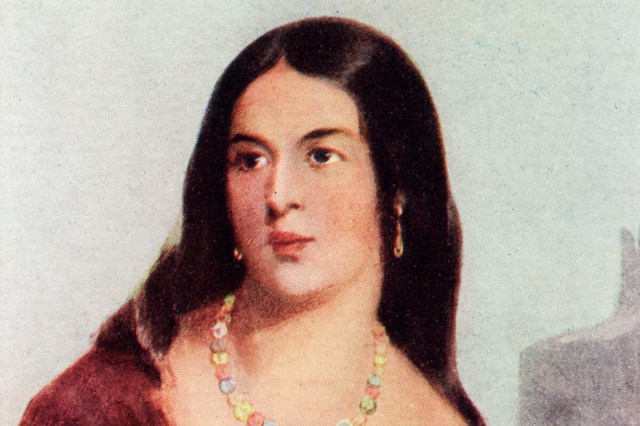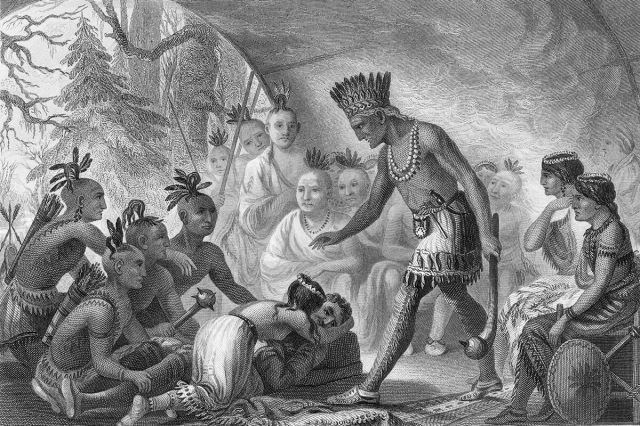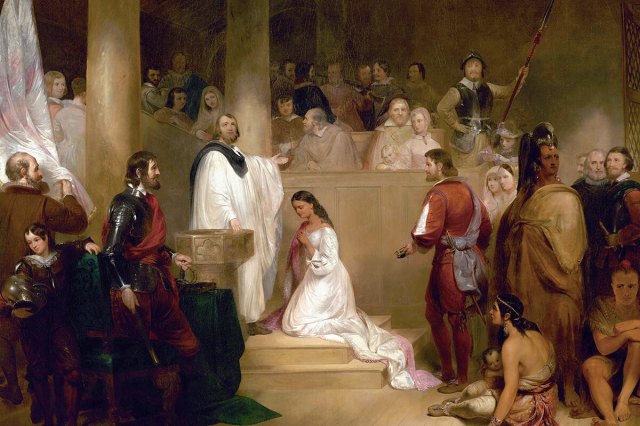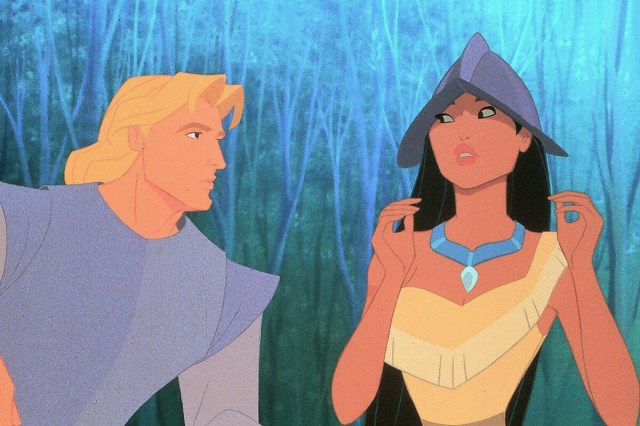Were John Smith and Pocahontas Really in Love?
Certain origin stories have embedded themselves in the American foundational canon despite — or maybe because of — the degree to which the truth was embellished or outright fabricated. The anecdote of George Washington chopping down a cherry tree was invented by biographer Mason Locke Weems. The midnight ride of Paul Revere to warn of approaching Redcoats was exaggerated by poet Henry Wadsworth Longfellow. And the cross-cultural relationship between Pocahontas and Captain John Smith, originally documented with minimal romantic elements by the latter, has been twisted and reformulated enough times that most people have little idea of the true nature of their connection.
Of course, getting to the truth of 400-year-old events is always a little dicey, particularly when the relevant details have largely been passed down by just one person. But that hasn’t stopped historians from drawing conclusions from the available evidence, and we’ll take up the task here to determine whether Smith and Pocahontas were actually engaged in a romance, and why this unlikely love story has endured through the ages.

Pocahontas Was an Intermediary Between the Settlers and Her People
First, the agreed-upon facts: Smith arrived in current-day Virginia with the rest of the English settlers at Jamestown in the spring of 1607. Toward the end of the year, the 27-year-old captain was captured by a group of Powhatan people, a confederacy of more than 30 Algonquian-speaking tribes. However, Chief Powhatan, also known as Wahunsenaca, ultimately released Smith to foster trade relations between the Indigenous peoples and the European settlers.
At some point around this time, Smith became acquainted with one of Chief Powhatan’s daughters, a girl of about 11 years old named Amonute, also known by her nickname, Pocahontas. Despite her young age, the smart and spirited girl served as a liaison between the two groups, and Smith recorded her presence at Jamestown in various manuscripts and letters.
Their paths diverged in 1609, when relations deteriorated between the settlers and Indigenous peoples, and Pocahontas was forbidden from visiting the settlement. That fall, Smith returned to London after being injured by an exploding keg of gunpowder.
In 1613, Pocahontas was taken captive by another English captain, Samuel Argall. It’s unknown whether the events that followed were forced upon her or in any way voluntary, but she went on to convert to Christianity, taking the name Rebecca at her baptism, and she married tobacco farmer John Rolfe, with whom she had a son.
In 1616, Pocahontas had a brief reunion with Smith during a visit to England with her husband and a Powhatans delegation. She died from an unspecified illness shortly before her planned return to Virginia.


















